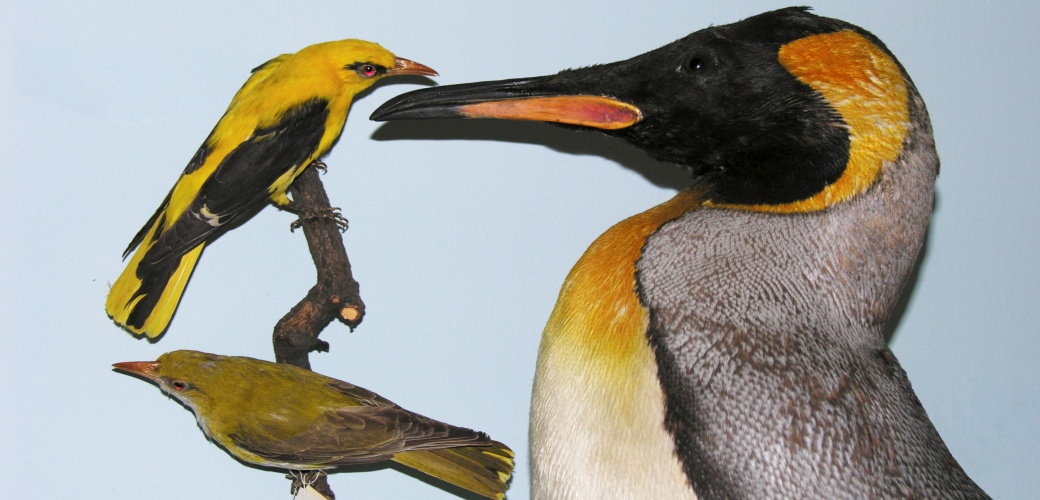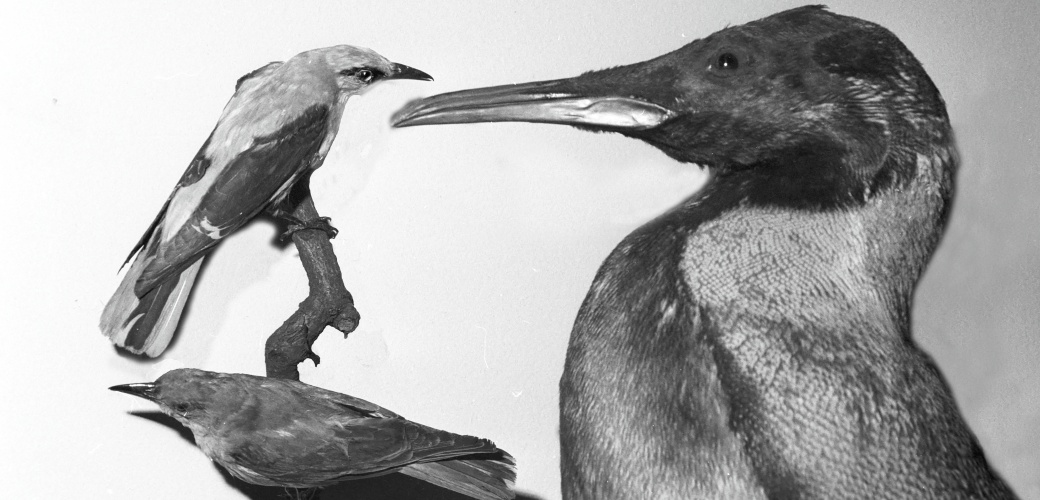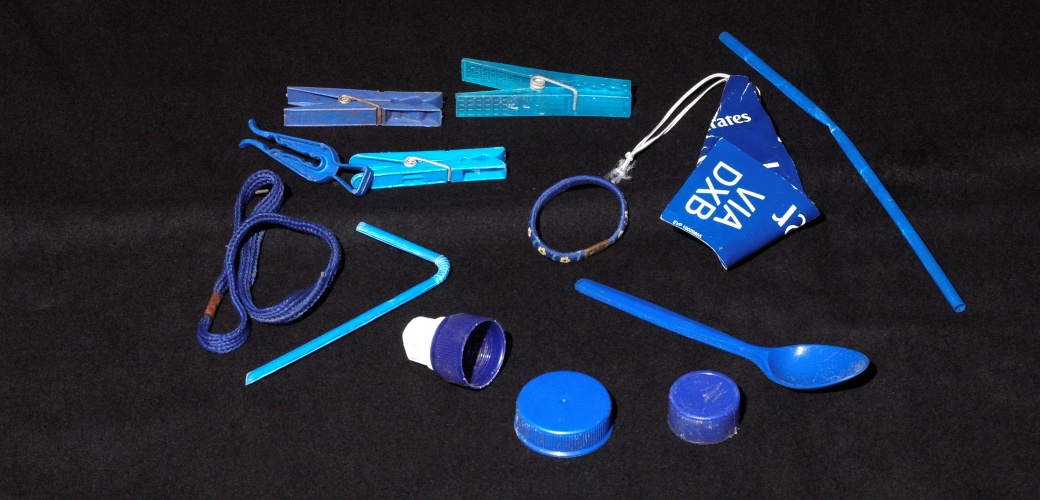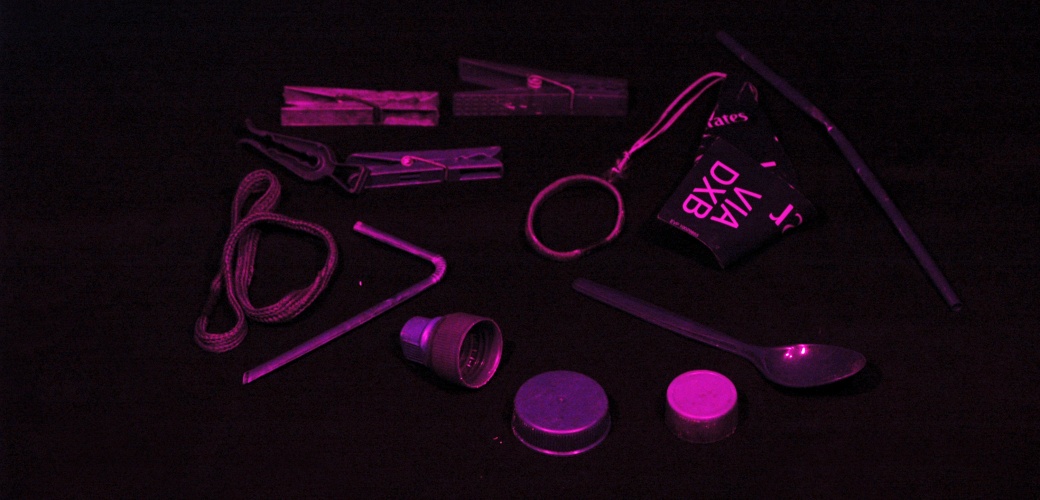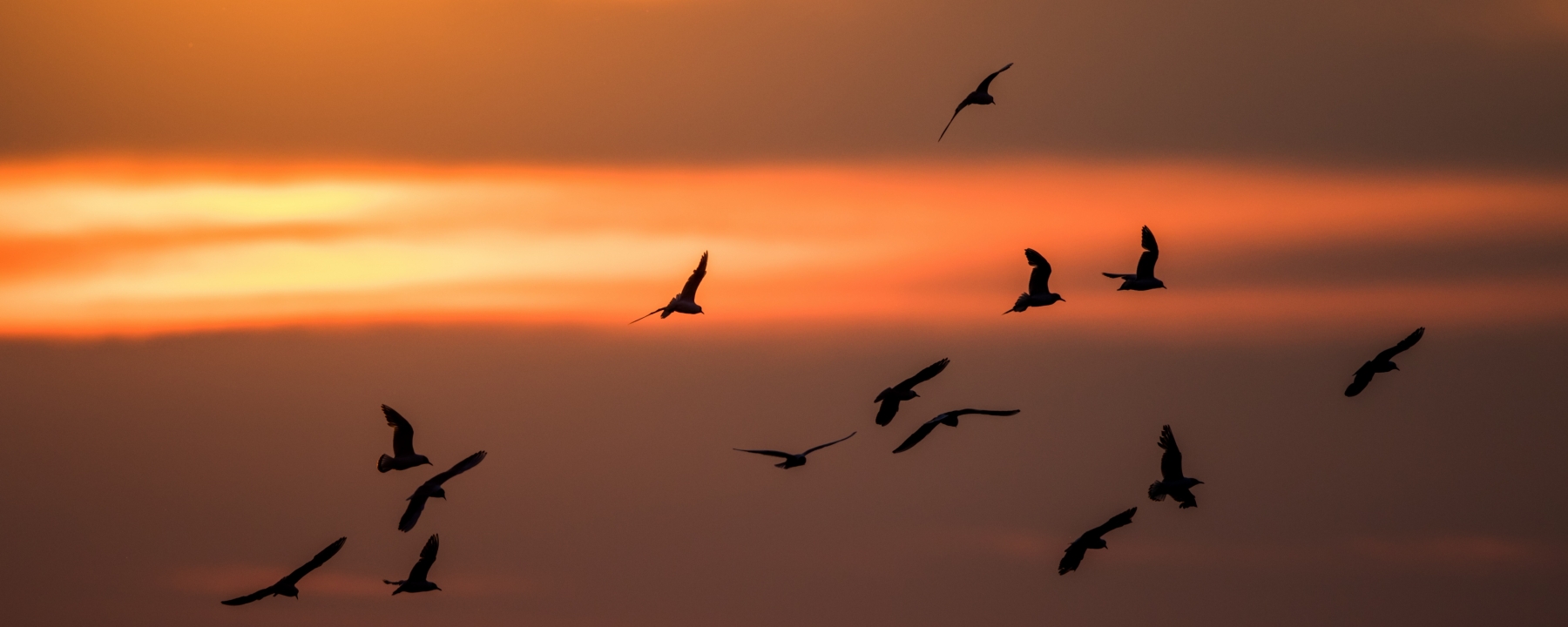
Sun protection
A relationship to the conservation of species
It’s important to know that even animals have to protect themselves from the sun. Yet, there is another theme in wildlife that is much more exciting than protection from UV radiation, even if the latter plays the main role.
"Animals are so lucky. They don’t need to put on sunscreen." Many children may be thinking this at home, on the beach or while on ski vacation as they refuse to let their parents apply the sunscreen that protects them from the sun's harmful UV radiation. Of course, it’s true that animals don’t need to put on sunscreen. Yet it’s important to know that even animals have to protect themselves from the sun. This happens in very different ways and each animal, or even each species, has its own special ways. Especially during the summer, there are many reports about how and why animals have to protect themselves from the sun. We also wanted to contribute something to this topic. Yet, sometimes reports, ideas and stories take on a life of their own.
Why did we actually want to write about this topic? Well, we didn’t want to show you how we can learn from animals and nature. Instead, we thought it would be very interesting to see what nature has done to survive. With this in mind, let’s go back to the children who don’t like sunscreen applied on them. Hopefully these children have parents, grandparents and friends who teach them that using sunscreen, especially in this day and age, is very important. But who explained it to the elephant, mouse and even other animals? They have actually found ways to protect themselves from the sun and do it quite well.
A plumage as a protective coat
At some point in time, we have all seen elephants at the zoo or in documentaries throwing sand and dust on their backs with their trunks. This is how they protect their thick skin from getting sunburned. A cool dip in the pool or river helps them cool down when it’s really hot. Let’s look at the hippopotamus. It has a secretion in the form of thick sweat which protects it from UV radiation. This is another way to avoid a sunburn.
Sun protection for birds may seem to be the most obvious. Their feathers are similar to what clothing is for people and protect them from the dangerous UV rays. But what happens to their unprotected areas? We wanted to know more and reached out to Dr. Peter Mullen, ornithologist and owner of Sunbird Images. Just as we thought, he quickly answered our question about birds and sun protection. "The feathers provide the birds enough protection from harmful UV radiation," says Mullen, expaining the nature of their plumage. Feathers are made of keratin which means they are actually dead tissue, similar to our hair or the cornea of our eye.
Since most birds are completely covered in feathers, they are protected from sun damage. Their larger flight feathers can wear out and get bleached by the sun. However, this doesn’t effect their health. Even so, we will learn later in our conversation, that these facts are actually important.
Unlike humans, birds never had to adapt to the different levels of UV radiation during evolution. They have always had their protection, no matter the strength of UV rays. As humans, though, over time, we developed different types of skin to protect us in different parts of the world.
Instead, birds have adapted to their environment for another reason. "There is something called selective pressure, which means that if a bird lives in the desert, it will take on the color of its surroundings and change its appearance so that it can protect itself from potential enemies and thieves," explains Mullen. Yet, when it comes to UV radiation, there is no reason why they need to adapt.
Okay, so maybe the topic about birds and sun protection is easy to grasp. "But," Mullen said, after explaining everything, "there is another theme in wildlife that is much more exciting than protection from UV radiation, even if the latter plays the main role.“ Our curiosity was piqued. And a lot of imagination is needed, because UV rays are not visible to our eyes. We also can’t feel them or even sense them. This makes them difficult to imagine.
UV rays for better communication
Many animals, especially birds, butterflies or different types of insects can see a much wider spectrum of light than we do. They are not limited to the colors that the human eye can perceive. And they use this as an advantage over mammals. Yet, there are also some species of mammals that can see UV light, for example, mice. UV light is used for communication, foraging and even for spatial orientation.
This is made possible by the presence of UV photoreceptors in the eye. Animals that can see UV light have four photoreceptors, instead of three. Yet again, a mouse is the exception. It has only two photoreceptors. One of them, however, can see UV light. Some shrimp, which also have the gift of UV vision, even have up to 16 of these receptors, allowing them to perceive even more colors, regardless of the UV light.
Because of these abilities, we have to come back to our sun protection topic. While we should protect our eyes with good sunglasses, animals have a built-in mechanism that protects their eyes from the radiation. "Tiny oildroplets sit on each photoreceptor preventing UV light coming through and causing damage. The oildroplets are coloured, e.g. yellow or orange and serve as cut-off filters for shorter wavelengths. Birds with UV vision have UV receptors capable of detecting UV light. Here the oildroplets are transparent and can therefore let UV light pass which enables UV reception“, says ornithologist Peter Mullen.
UV rays: both a blessing and a curse
What happens when we get hit by UV radiation without protection, or better said, when our exposed skin gets hit by UV radiation?
Read moreOrientation using UV rays
Since UV light is strongly polarized, it can act as a compass for insects and pigeons. Patterns of polarized light in the sky help find the right path, Mullen writes in his publication "UV-vision and UV-reflections in birds — colors from a bird's eye view".
The table is set. Dinner is ready.
"The pasta is ready," was a famous advertising slogan. Okay, maybe adding the brand name of the company sounded better when we watched it on TV in the living room. So, who lets the birds know when the food is ready? Different plants and berries are actually helpful when searching for food. For example, when the blackthorn is mature, it develops a wax coating. This dark purple layer reflects the UV rays so that the berry appears bright for the birds. This is a clear sign they have found their food. Without their remarkable vision, berries would be blurred amidst the foliage. Birds see the ripe UV-layered berries light up like small spots in the bushes.
Speaking with each other in silence
How do birds communicate through UV rays? Birds colors shine much more colorful than what can be seen with the human eye. They have ultraviolet colors we don’t realize because we don’t see them. "We call it their ‘Secret Communication Channel’. For example: A cat is on the prowl and roams the area. It sees a black bird sitting on a tree. In contrast, other birds see more colors in this bird than just the black that humans see. This works similar to a signal for the same species. What is not visible to us or the cat is sometimes what birds need to survive,“ Mullen describes what is invisible to humans. "Plumage works as an important signal channel for other birds," continues Mullen, who wrote his doctoral thesis on this topic.
Outward appearance, UV colors and perception also play an important role in the preservation of species as well as courtship. "Clothes make people" is the name of the game. This means everyone who is anyone, dresses with style. Whether it makes life easier when someone is always dressed stylish or not, we would rather leave this up to our readers to decide. But the saying "Colorful feathers make the bird" is definitely true. If a male bird is healthy, sexually mature and ready for mating, his colors will be more intense and he’ll be especially well-groomed having an effect on females. In other words, the bird is attractive and sexy. These birds have a much easier time finding a partner than birds whose plumage is “boring” and colorless, whether they are sick, older or their feathers are pale because being bleached from the intense sun. Basically, if the bird doesn’t look like much, there is no female. Whether wildlife is too superficial or not, we aren’t going to comment here about that.
Those who deceive, win
There are also examples of male birds who are particularly intelligent and clever and can lure females to their side with their artful deception. The satin bowerbird is an example. The female birds love the color blue. Supposedly, this species used to be bluer than it is today. It could be through evolution and the need to protect themselves from potential enemies that has caused their plumage to change color over the years. Yet, females have still not changed their mind about their preference for the color blue. Because of this, the male bird collects all sorts of stuff to build and decorate his elaborate nest, or bower. And blue must be there. The more blue things in his nest, the more successful he is at finding a partner. So, collector and hunter are roles male satin bowerbirds play on behalf of their species.
There you have it. The unique twists and turns we had never even considered when we began to research the topic of sun protection in the animal kingdom. It’s very exciting to think about what we don’t know or see or even feel. Even so, what still really matters to us is this: remember to protect yourself from the sun. Always. 365 days a year. Animals do it too. Even without anyone telling them.

